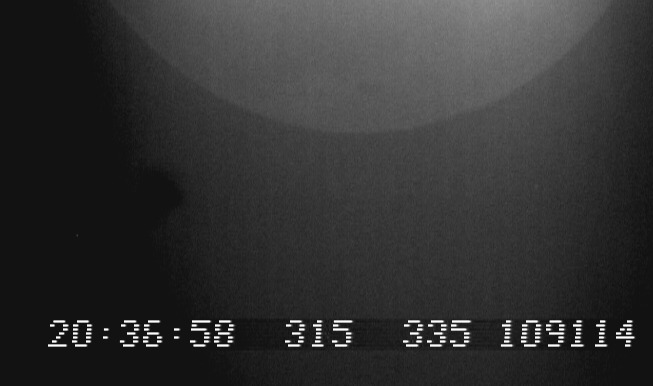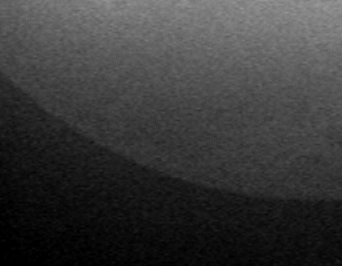 SELENOLOGY TODAY 22
SELENOLOGY TODAY 22
A probable impact on the Moon : February 11, 2011.
By Stefano Sposetti, Gnosca Observatory, Switzerland
During the monitoring of the earth lit Moon surface in the evening of February 11 2011, Marco Iten and I detected a lunar flash. Both AVI files showed up an evident simultaneous flash of light located on the lunar surface. The analysis is under way but here we present some preliminary results.
MARCO ITEN: Setup and Location
Telescope Borg 125 ED refractor
Videocam WAT-902H2 Ultimate
Time inserter KIWI-OSD
Software Virtualdub
Observatory E longitude 08:52:28.6
Observatory N latitude 46:10:43.7
Observatory height 210m

Figure 1 Iten’s movie (GIF animation).
STEFANO SPOSETTI: Setup and Location:
Telescope SC Celestron 11
Videocam WAT-902H2 Ultimate
Time inserter KIWI-OSD
Software Virtualdub
Observatory E longitude 09:01:26.5
Observatory N latitude 46:13:53.2
Observatory height 260m
Figure 2 Sposetti's movie (GIF animation).
The distance between the two observatories is about 13 km. Time of the flash: 20:36:58.36 UTC +/- 0.02s.
Figure 3 show the image sequence extracted from Sposetti’s movie.
Figure 3 Image sequence extracted from Sposetti’s movieThe two Light curves were obtained using the Tangra software
Figure 4 The two Light curves
Probable lunar region was determined to longitude 86° +/- 3° W and latitude 16° +/- 1 ° (Craters region: Dalton, Vasco de Gama B, Einstein A ).
Figure 5 The probable impact zone.
In this abstract we report a probable impact on the Moon.
The intensity of the flash is well above the noise level, the event covers
several frames, and the final confirmation comes from the fact that it was
detected by two independent distant observers.
We warmly thank Raffaello Lena (GLR
GROUP) and Gerhard Dangl for the help during this pre-analysis phase.
A project about the crater detection using LRO imagery
By editorial board of Selenology Today
The Lunar Recoinassance orbiter (LRO) is continuously
taking new images. Hence,the next step should now consist of searching WAC or
NAC images acquired
before the event with images acquired after the reported event. At least in NAC
images with their resolution of ~1 m or better, a crater should be detectable at
the
impact coordinates. Maybe it will take some time until the region is imaged
again, but in the course of the ongoing mission, this may certainly be done. GLR
group, one of the active groups involved in lunar meteoritic impact studies,
will do further research including eventual future analysis.

